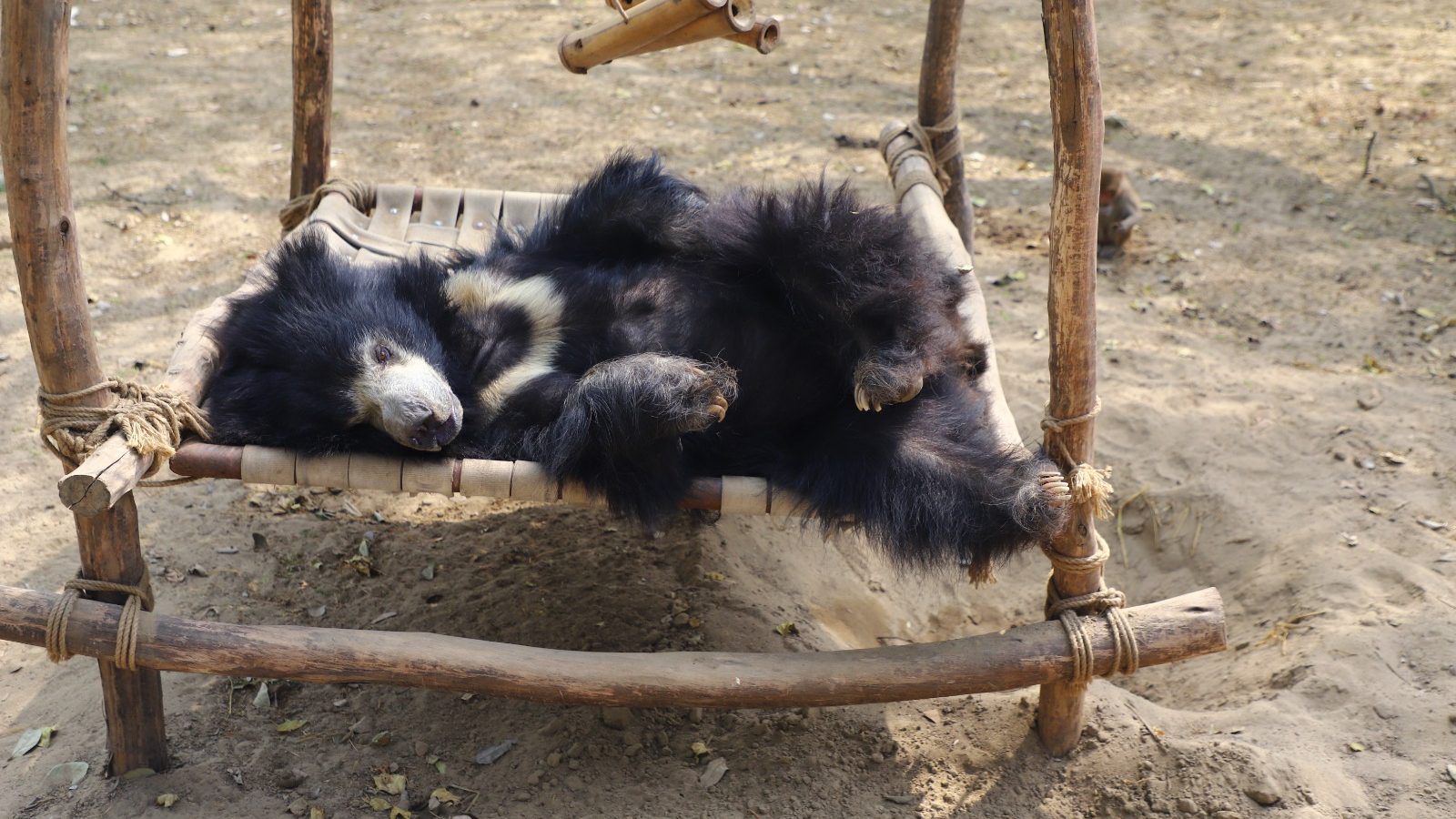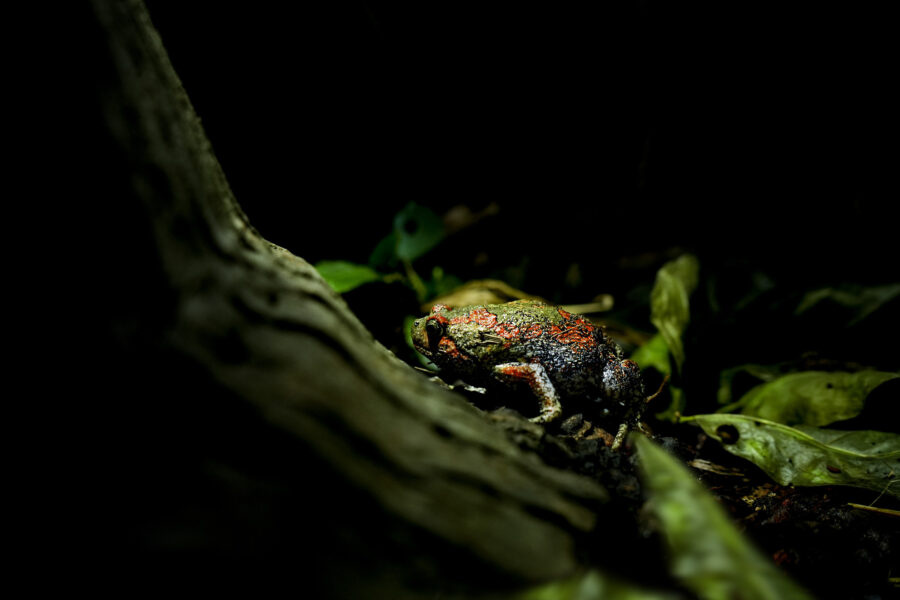Just four hours by road from the capital of the country lies the Soor Sarovar Bird Sanctuary on the Delhi-Agra highway. Away from bustling streets, one can find peace as soon as they step into the serene environment of the sanctuary. Soor Sarovar, also known as the Keetham lake, was declared a Ramsar site in 2020, highlighting the importance of this waterbody. With more than 300 species of resident and migratory birds and approximately 252 species of flora (including aquatic plants), mammals and reptiles, the sanctuary is a thriving hub for wildlife!
The chatter of rhesus macaques, the rustling of leaves, and chirping of birds are the first to welcome you as you begin your walk into this haven. What also lies within the bird sanctuary is India’s biggest sloth bear rescue facility — the Agra Bear Rescue Facility (ABRF). Established in 1999, this centre is run by Wildlife SOS in collaboration with the Uttar Pradesh Forest Department, housing over 90 rescued sloth bears currently.

The Beginning
The ‘dancing’ bear tradition followed by the Kalandar community was very prominent on the streets by the early 90s, and in order to bring a stop to this, co-founders of Wildlife SOS began a project to rescue sloth bears from the trauma that they were experiencing. Over the last 20 years, Wildlife SOS has managed to save approximately 628 sloth bears from this brutal practice. Along with taking care of rescued bears, Wildlife SOS has also provided support to the members of the Kalandar community through the Tribal Rehabilitation Programme by providing vocational training to the women, education to their children and the opportunity for men to work with us at our centres.
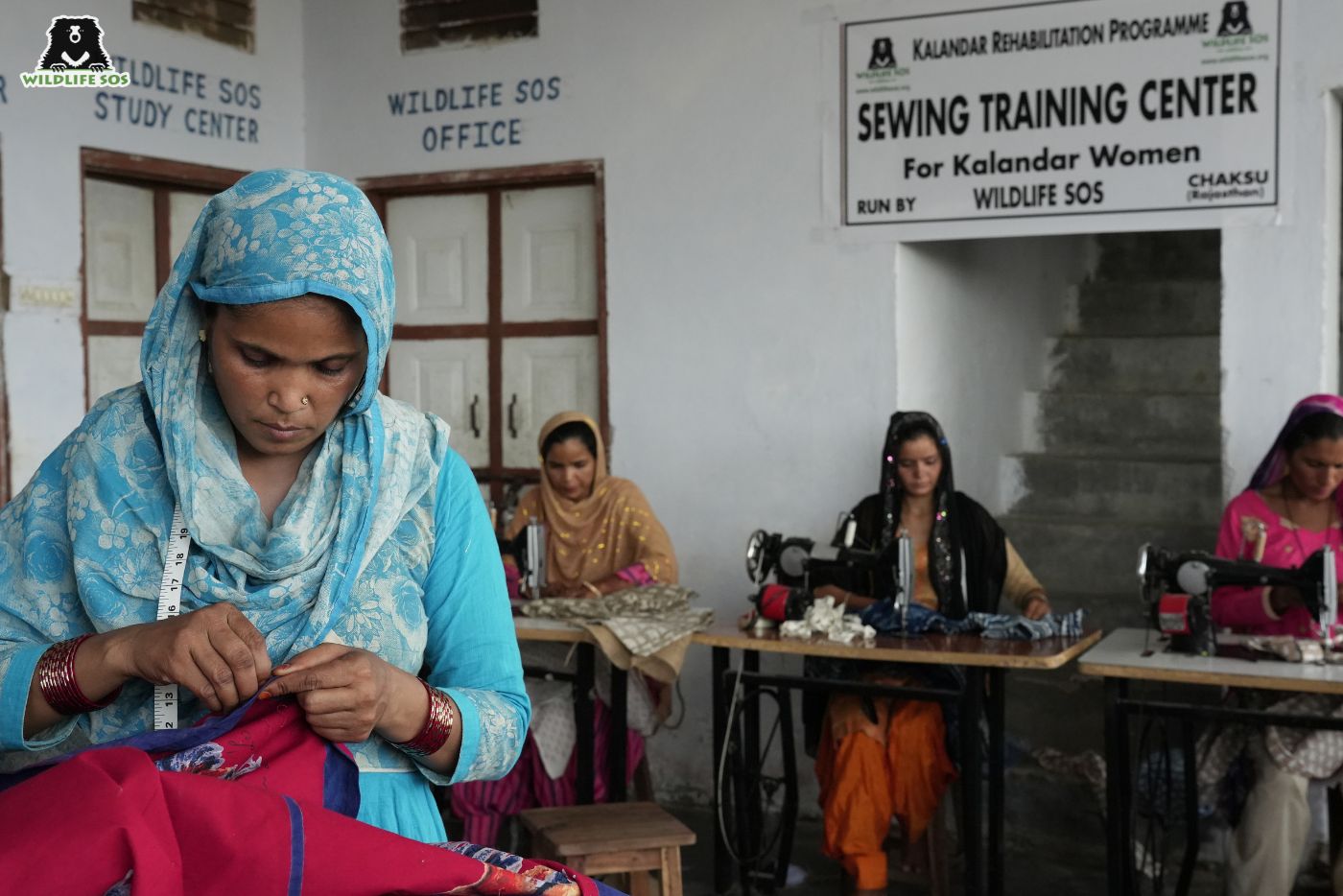
These alternative means to support their livelihood ensured that the community would not need to go back to the ‘dancing’ bear tradition. Till date, we have assisted the education of over 12,000 children, and rehabilitated more than 5,000 Kalandar families. Realising the importance of employment and education to secure a bright future, parents and elders in the community were willing to hand over their sloth bears under the humane care of Wildlife SOS.
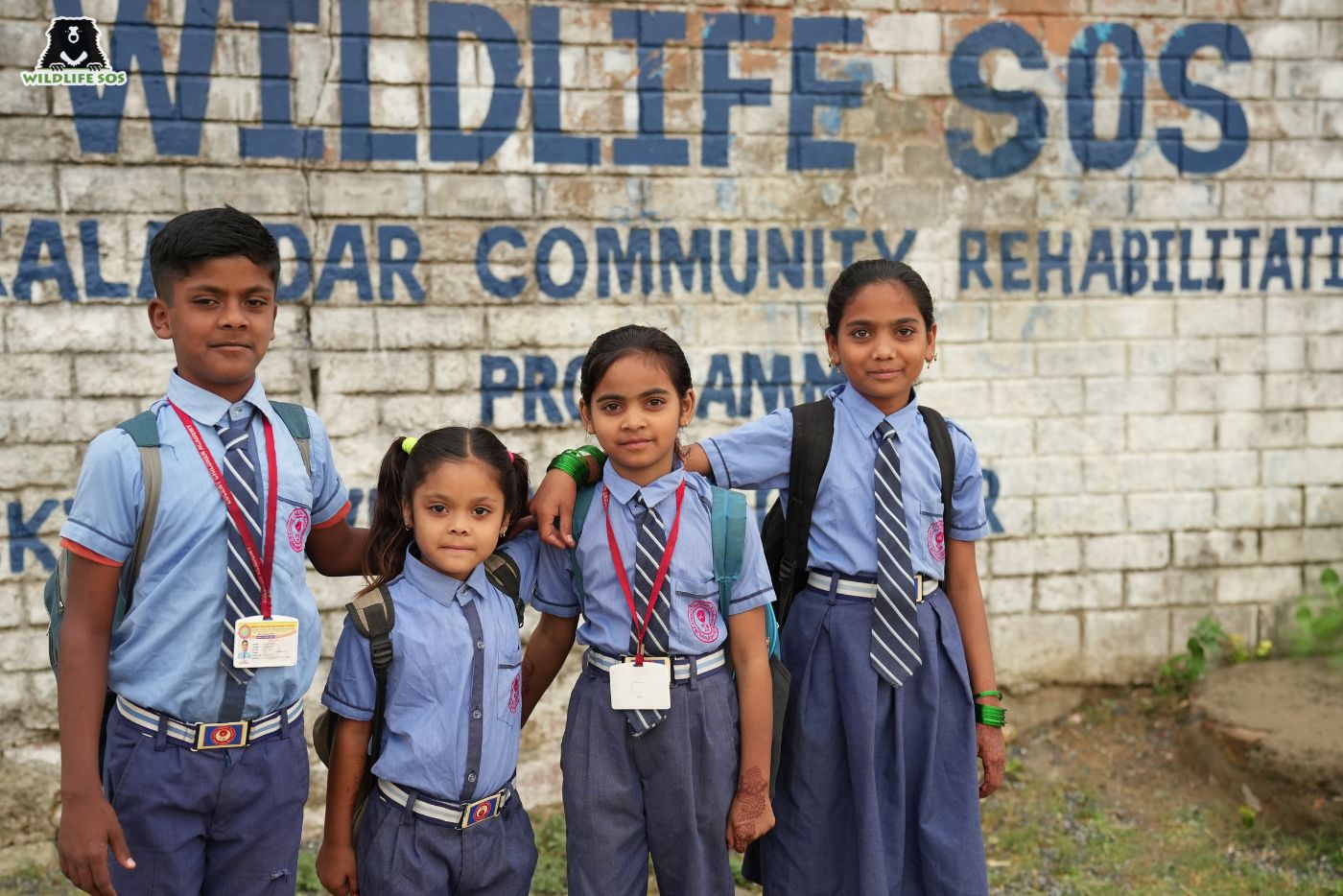
A New Home for the Sloth Bears!
At ABRF, our dedicated staff of caregivers, along with the expert veterinarians, work day and night to ensure proper care for the resident sloth bears. There are 14 meticulously crafted enclosures at the centre, each specially designed to mimic their natural habitat and keep their individual needs in mind. At the centre, sloth bears are free to roam around their enclosures and gladly dig for ants and insects to consume using their naturally curved claws.
Each enclosure at the centre includes a feeding cubicle that is connected to the main bear socialisation area. These areas have ponds and troughs, with the latter always filled with drinking water to help the resident sloth bears have access to it through the day.
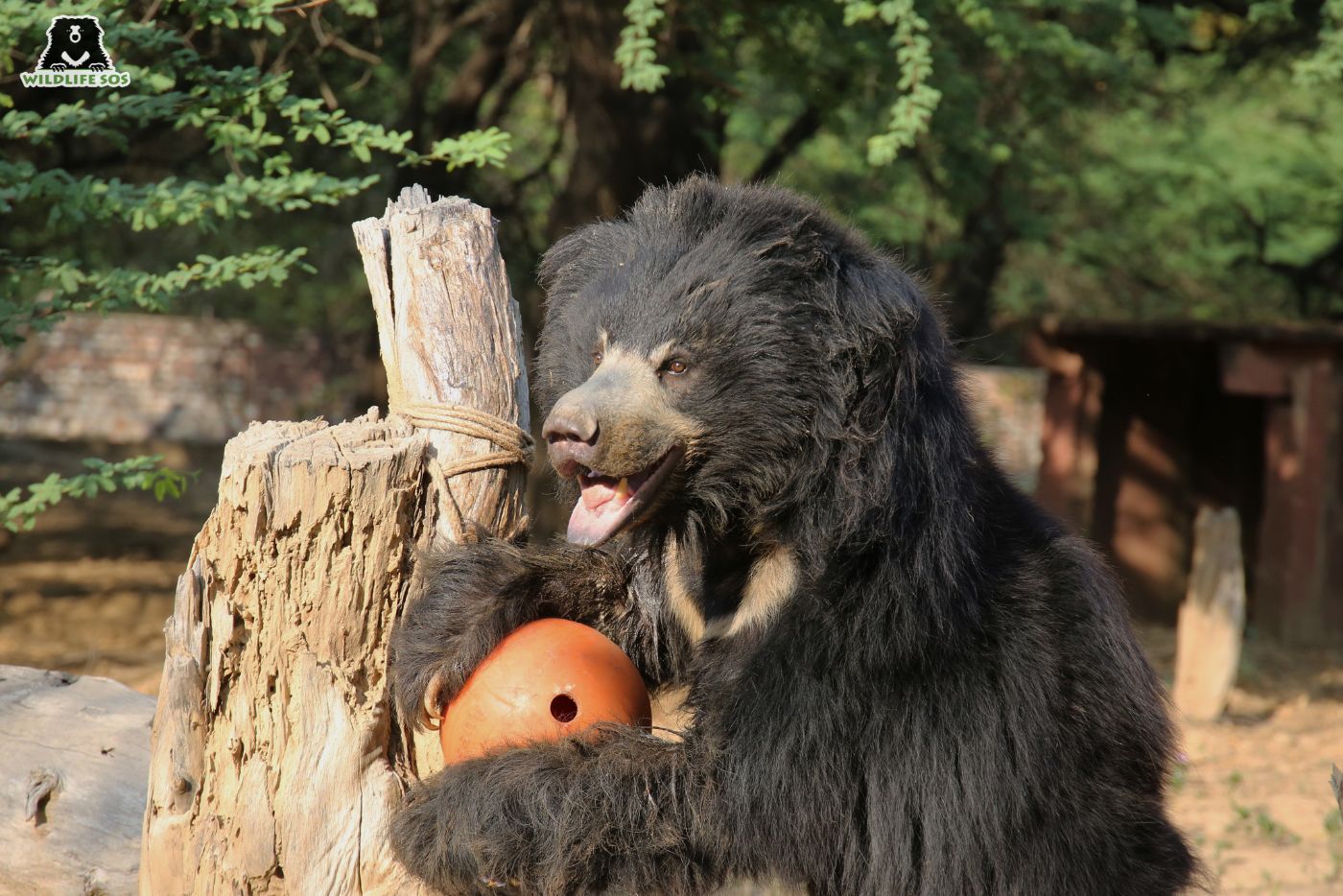
Significance of Engaging Enrichments
Sloth bears are very inquisitive, and never fail to explore their surroundings thoroughly. Their enclosures are therefore equipped with enrichments that have been carefully designed by the caregivers to enhance species-specific behaviour. These enrichments include structures like wooden platforms and hammocks made out of jute sacks, and food-based enrichments like balls, pipe feeders, tyre feeders, bamboo feeders, and wooden logs that are embedded with treats. All enrichments are customised to suit each bear’s physical condition and needs, and are strategically placed across their fields for the ursines to engage with.
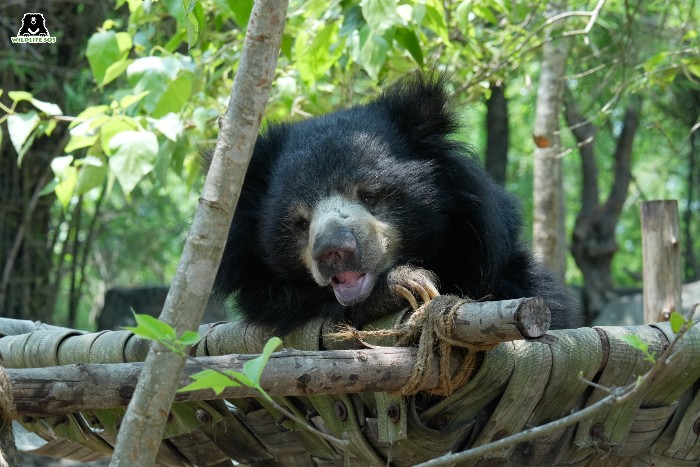
Caregivers, conscious of how honey, peanut butter, jaggery, dates and coconuts are immensely liked by this species, often add them to the structural enrichments as well. Sloth bears’ superior sense of smell prompts them to rush towards these enrichments that are sure to keep them cheerfully preoccupied for a while.
Installing enrichments in the enclosures for sloth bears helps to understand and observe the animals’ behaviour. They act as tools to reduce stereotypy such as swaying or head-bobbing that rescued bears are often found exhibiting. The wear-and-tear of each enrichment denotes its usage, and helps our on-ground team note which sloth bear prefers which particular enrichment. Understanding the satisfaction level of the resident ursines becomes essential to design enrichments according to their comfort and preference.
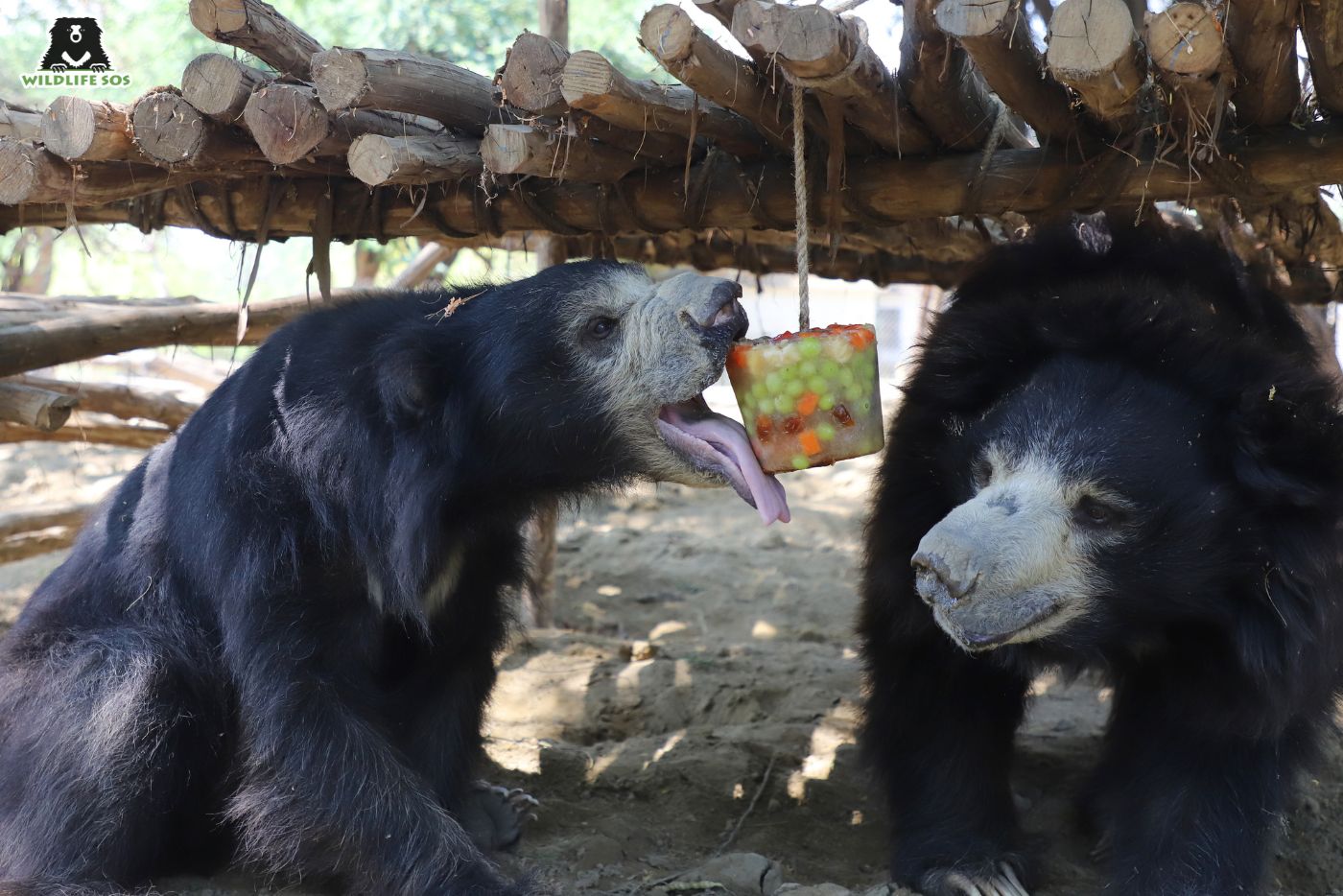
Enclosures are further enhanced according to the seasons so that the bears continue to remain physically active and mentally occupied. As part of the team’s summer management programme, sprinklers are installed in their enclosures, and are switched on two to three times a day to keep the ground and environment cool. Pools are regularly sanitised and kept full for the bears to enjoy their time splashing around!
During the winter months, the enclosures of sloth bears are modified to provide utmost comfort to them. Caregivers fill the dens and mud pits with warm bedding composed of insulating hay or dry grass. Many sloth bears prefer sunbathing under the winter sun, and hence caregivers install hammocks in the unshaded areas. These hammocks are also layered with hay to provide extra warmth. For geriatric bears in particular, heaters and woollen blankets are also provided.

The Busy and Bustling Bear Kitchen!
When our resident sloth bears are highly absorbed with their enrichments, another part of our centre is highly lively as well. We are talking about the busy bear kitchen — where caregivers are putting together nourishing culinary delights for the bears!
The mornings at the centre start off early for the caregivers so that our resident sloth bears do not have to wait for their first meal of the day. The aroma of freshly cooked porridge that comprises vegetables and eggs with lumps of honey and jaggery mixed in it, soon reaches the eager bears. Honey, jaggery, dates and peanut butter are best-loved by sloth bears, and adding them to their meal never fails to tempt the residents at our centre!
During the cold months, the winter management programme for bears has our caregivers introduce a protein rich broth, jaggery and rice puffballs in their daily intake. The warm porridge meals are made of bajra (pearl millet) and ragi (finger millet). These ingredients not only enhance the immunity of the resident sloth bears, but also help in producing heat.
Being an eco-friendly organisation, our aim is to conserve our natural resources and re-use them in the best way possible. The bear kitchen utilises organic briquettes to cook up large quantities of delicious meals for the animals. This process not only helps to satiate the appetite of our bears, it also keeps the environment clean. Additionally, keeping their nutritional needs in mind, our staff also provides rice and chickpea puff balls that are cooked with jaggery and served as treats to the residents.
Another practice being followed for meals our bears receive is the cultivation of seasonal vegetables such as jowar (barley), bajra (pearl Millet), pumpkins, sweet potatoes and carrots in our organic farm at the ABRF extension. This environment friendly method ensures constant and healthy supply of food for residents at the centre.
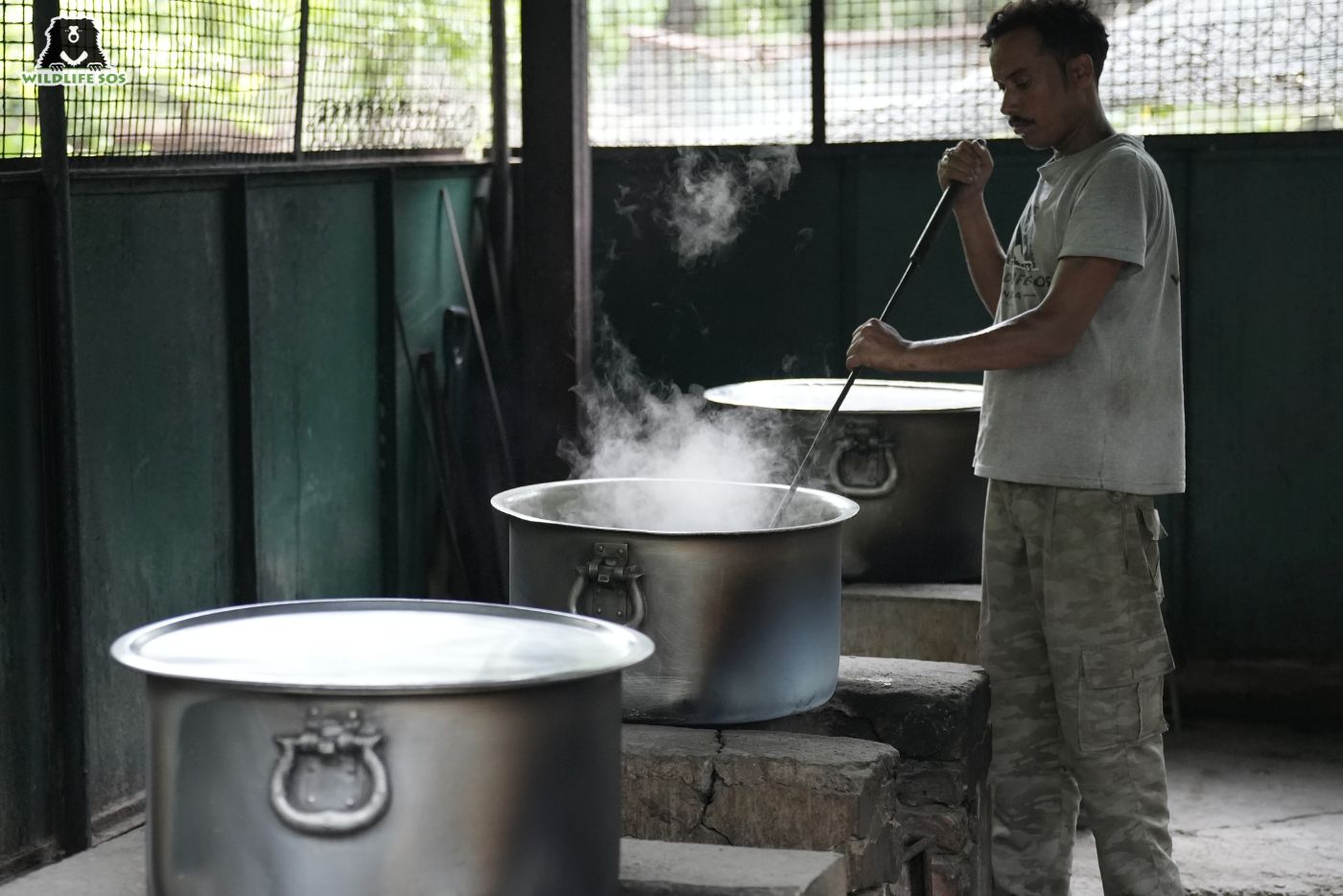
Providing Aid, One Bear At A Time
All of our resident sloth bears have been rescued from traumatic pasts that have left adverse effects on their health. This was one of the major reasons for opening a bear hospital at ABRF. Equipped with state-of-the-art stationary and portable machines to conduct X-rays, dental X-rays, ultrasounds and photobiomodulation therapy, and tools such as urinometer and urine analyzer, this hospital is used to maintain the well-being of our bears and provide them with specialised care.
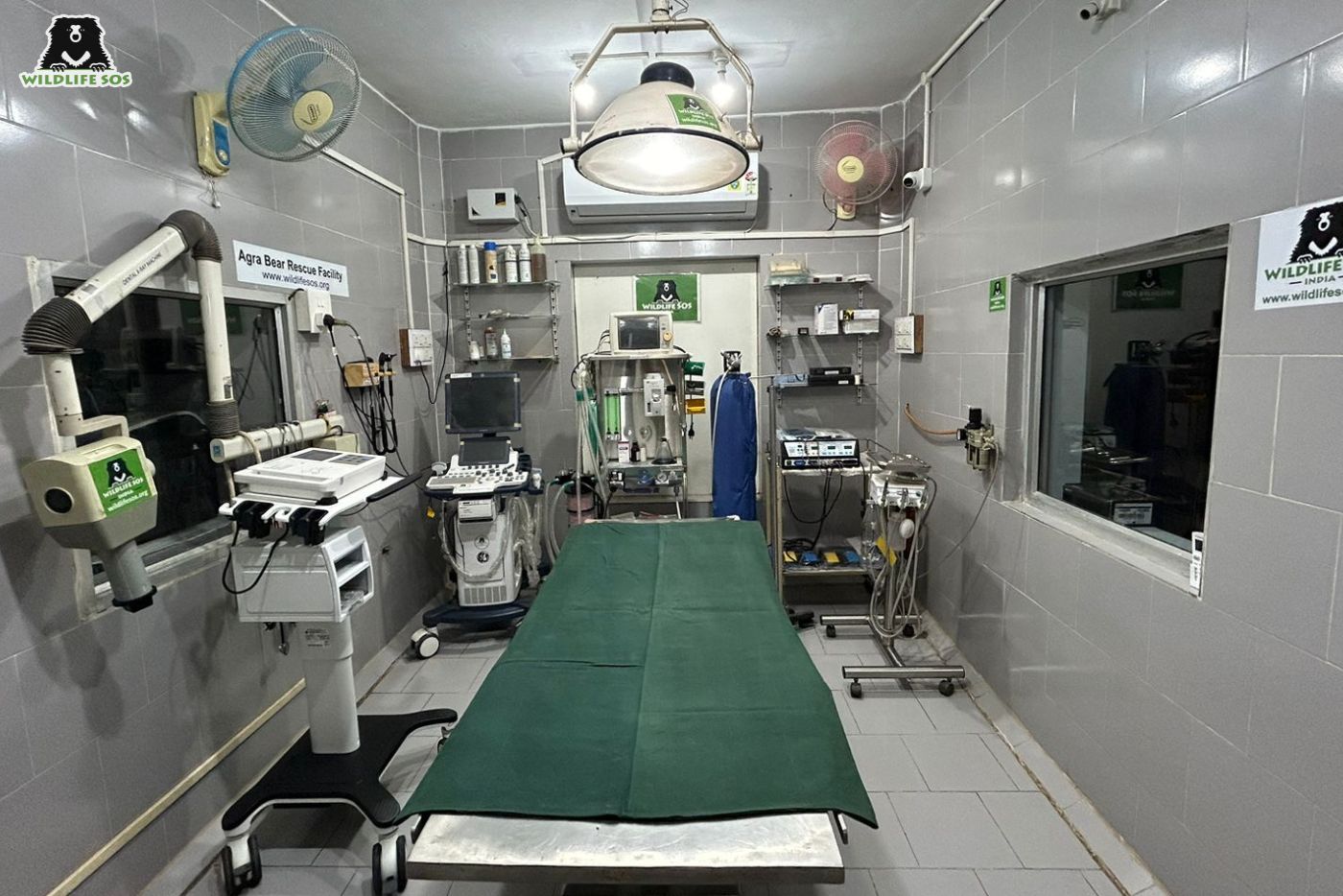
Over the years, the veterinarian team at ABRF has successfully pioneered dental care for bears that includes root canal treatments (RCT), tooth extractions and other significant procedures for rehabilitated sloth bears. Under their former captivity, the teeth of many bears were often smashed by the Kalandar community to prevent the bears from attacking them. This led to major conditions such as dental infections and mouth ulcers in bears, which often result in drastic behavioural and dietary changes. These issues are carefully addressed by our skilful medical team at the centre.
Along with this, the veterinarians also need to ensure that each bear is receiving the required medications and supplements according to their medical diagnosis. Since feeding oral medications isn’t an easy task, an ingenious solution has been implemented for the same. The supplements are crushed and mixed into the bears’ porridges or treats so that they are smoothly ingested on time. Medications help them to recover from low immunity, infectious canine hepatitis, osteoarthritis, inflammation of the nose wound, and other challenging conditions they are afflicted with.

An Educational Environment!
Right next to the bear hospital is an education and interpretation centre that Wildlife SOS runs. With a willingness to encourage coexistence among humans and wild animals, and a motive to spread awareness about the same, Wildlife SOS invites young students to delve into the world of wildlife. Seasoned veterinarians who are keen on expanding their understanding of these majestic creatures are also welcomed to participate in this initiative. Here, the learning is hands-on, interactive, and transformative.
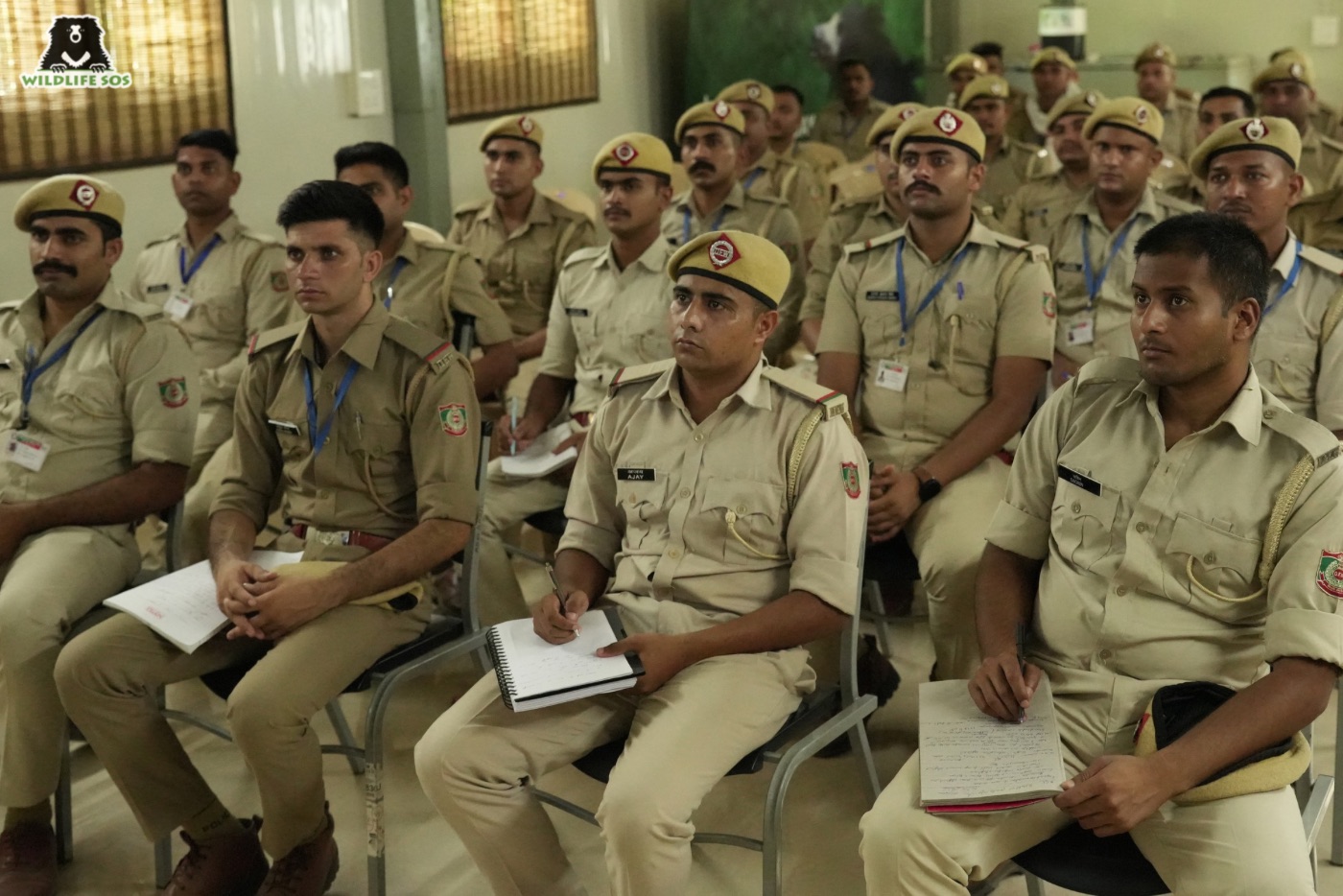
We also often host forest officials from different state departments who join us for various workshops and specialised training sessions. This centre acts as a collaborative hub where passionate individuals share their opinions and valuable knowledge towards saving India’s wildlife. Our motto at Wildlife SOS is to spread as much awareness as we can to help people understand the importance wildlife holds over our planet.
Our commitment to spreading knowledge about the bears goes well beyond the centre’s gates. The team conducts awareness sessions in different schools and colleges to delve into the core of wildlife conservation, ethics in animal treatment, and the history of ‘dancing’ bears in India. Through interactive discussions, videos and presentations, we try to sensitise the public on the impact human activities have on wildlife.

All Acts of Service for a Greater Good
ABRF invites one and all to become a part of our growing wildlife warrior family by signing up for volunteering activities. We offer individuals a unique opportunity to actively contribute to the well-being of our rescued sloth bears. Volunteers work towards the upkeep of bears through activities like chopping fruit for their snacks, making and setting up enrichments for them to playfully engage with, cleaning their enclosures, making a wholesome porridge for them, and much more!

These chores are essential in our dedicated team’s daily routine. Each task is added with a seasoning of compassion, sprinklings of patience and oodles of care — the result of which is priceless. One person’s efforts can make a deep impact on not just the rescued animals, but on themselves as well. Being on the field to witness bear behaviour, and the significance that is laid on their health and happiness, is an unforgettable, transformative, motivating and inspiring experience indeed.
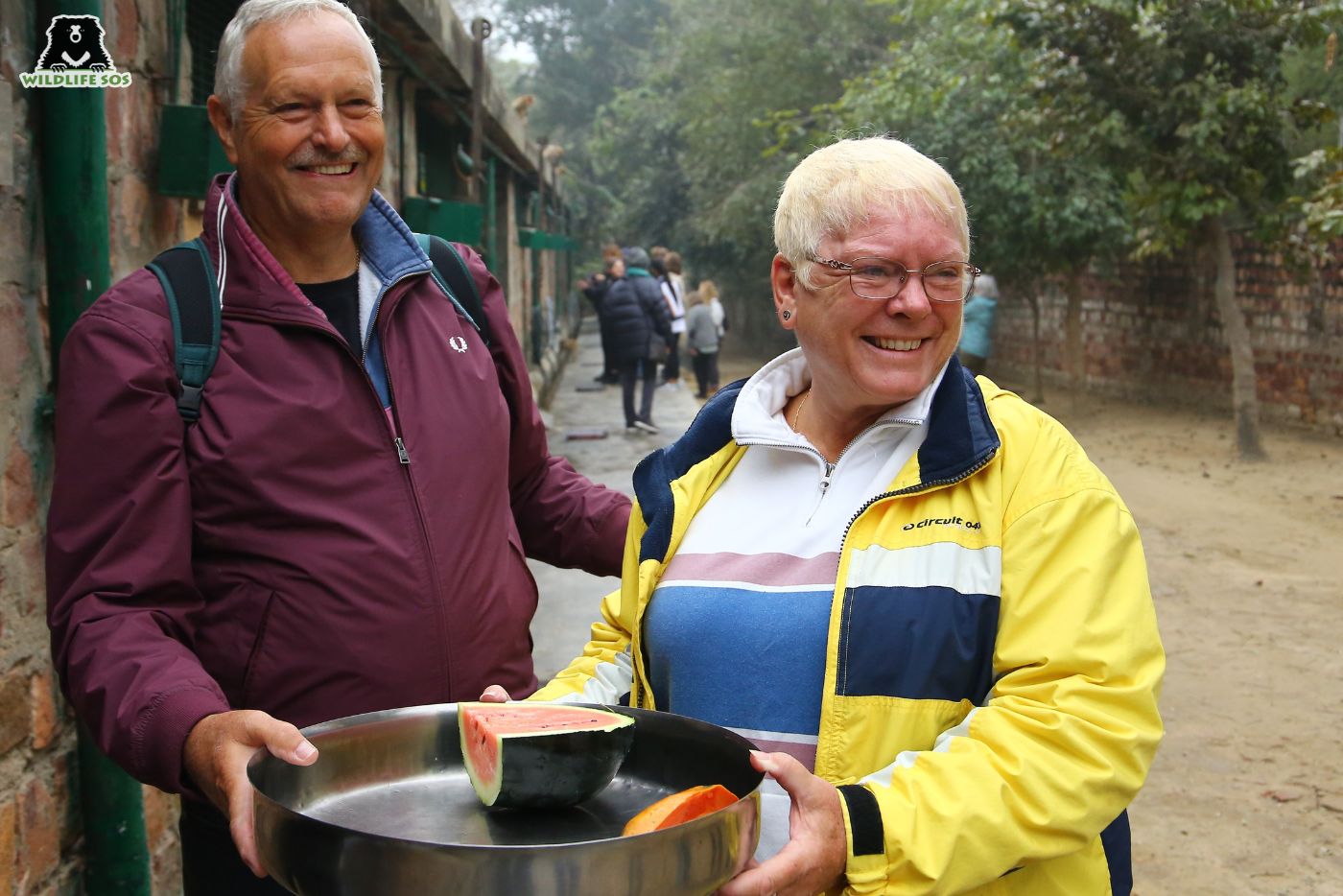
By visiting or volunteering at our centre, you too can be a part of our mission to cater to sloth bears that have been saved from the ‘dancing’ bear practice and situations of human-wildlife conflict. Send us a mail on volunteer@wildlifesos.org for more details on how you too can make a difference!

